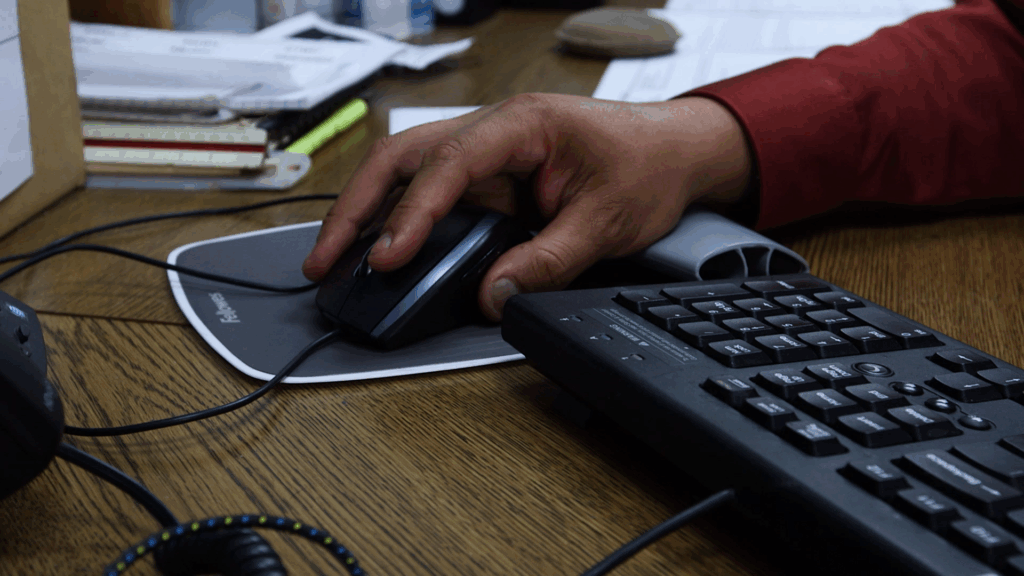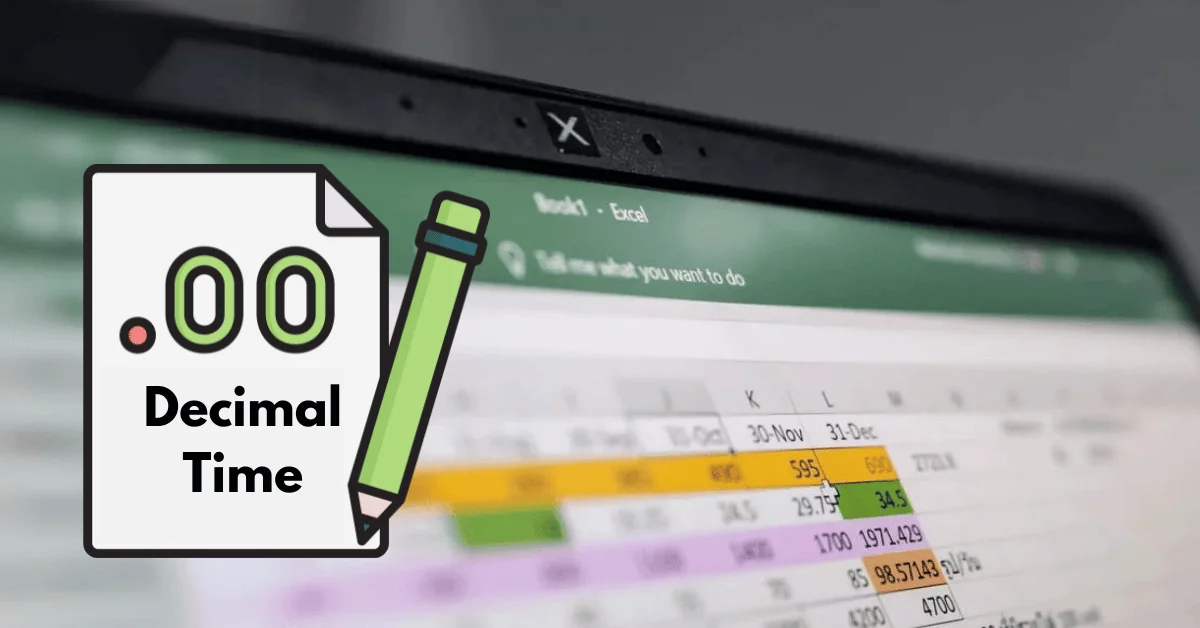
Managing employee breaks is one of those simple tasks that can create surprising complexity for businesses.
Do you require employees to manually clock in and out of breaks? Do supervisors have to edit timecards at the end of the day?
That’s why more companies are exploring Automatic Breaks — a time-saving feature that can streamline break tracking and improve record accuracy.
But like any powerful tool, this feature isn’t a one-size-fits-all solution. Before enabling it for your team, it’s important to understand the potential benefits — and the considerations.
Here are 5 key things to think about as you decide whether Automatic Breaks are right for your business.
1. Do You Want to Save Admin Time?
Pro: Automating break tracking reduces manual timecard edits.

For supervisors and payroll admins, reviewing and correcting timecards is one of the most tedious parts of break management.
When employees forget to start or stop their breaks — which happens frequently on busy job sites — someone has to step in and clean up the records.
This manual process takes time, increases payroll errors, and can lead to frustration for both admins and employees.
With automated break tracking, breaks are recorded based on your configured rules. Supervisors no longer need to edit break times or chase down missing entries — saving hours of admin work each week.
If reducing payroll processing time is a priority for your business, this feature can make a big difference.
2. Do Your Employees Have Flexible or Fixed Schedules?
Consideration: Break automation works best for teams with standard break patterns.
In some businesses, it’s important to give employees flexibility in when they take breaks. In others, having consistent break times makes sense for safety, efficiency, or company policy reasons.
Automated break tracking is ideal for companies that follow consistent break policies:
Example: *“Lunch at 12:00 PM,” or “Break added after 5 hours worked.”

It may not be the best fit for:
Knowledge workers with flexible schedules
Small teams where employees set their own break patterns
Situations where supervisors assign break times on the fly
If your business values flexibility and autonomy in break timing, this feature may feel too rigid. But for teams that benefit from structure, it can be a huge win.
3. Are You Operating in a Region With Complex Break Laws?
Caution: In some states — such as California — using Automated Breaks may introduce compliance risks.
In regulated environments like California, labor laws require not just accurate break records — but proof that employees were offered and actually took their breaks.
Automatic Breaks add break entries based on your policy, but they do not prove that an employee actually took their break.
For this reason, companies in California and similar states often pair break automation with Break Signoff:
Employees confirm daily whether they took their required breaks
This provides additional documentation for compliance
In regions with more flexible laws, automated break tracking may be sufficient. But in highly regulated states, it’s critical to review your legal obligations carefully before enabling this feature.
4 Do You Want More Consistent Break Records?
Pro: Break automation improves break record accuracy and transparency.

Inconsistent break records can cause headaches for HR, payroll, and legal teams — especially during audits or legal reviews.
When employees manually enter breaks, variations can creep in:
Some forget to clock out and in properly
Some take longer or shorter breaks than required
Some may skip breaks entirely without notifying supervisors
Automatically recorded breaks provide a standardized, consistent way to document breaks.
Employees know when to expect them
Break records are added automatically to timecards
Supervisors can trust that the data is complete and consistent
If your goal is to maintain clear, auditable break records that you can stand behind, this feature is a valuable tool.
5. Is Your Team Prepared to Communicate Clearly About Breaks?
Consideration: Break automation requires clear communication and employee understanding.

Like any time tracking feature, Automatic Breaks only work well if employees understand how and why they’re being used.
If this feature is introduced without proper communication, employees may:
Be confused about why breaks appear on their timecards
Feel frustrated if they didn’t actually take a break that was recorded
Forget that they can (and should) report missed or interrupted breaks
To avoid this:
Clearly explain how Automatic Breaks work
Provide advance notice before enabling the feature
Pair with Break Signoff to verify actual breaks taken
Good communication ensures that automated break tracking enhances transparency — not creates confusion. For tips on communicating break policies effectively, SHRM offers best practices here.
Final Thoughts
Automatic Breaks can be a powerful way to improve efficiency, accuracy, and transparency in your break tracking — if they’re used in the right way, and in the right context.
Before enabling them, take the time to evaluate your company’s needs:
Do you value flexibility or consistency?
Are you operating in a highly regulated state?
Do you want to reduce manual admin time?
The good news is, with BusyBusy, you have full flexibility:
Enable Automatic Breaks by position
Configure break types and timing
For more on state and federal break laws, see this U.S. Department of Labor guide.
👉 Ready to see how Automatic Breaks can fit your team?











